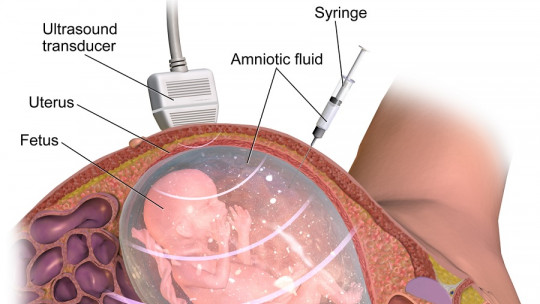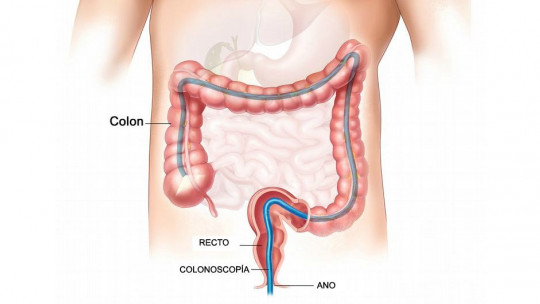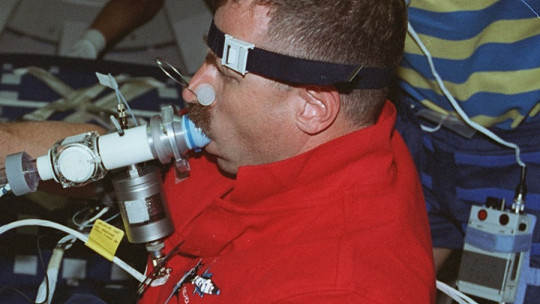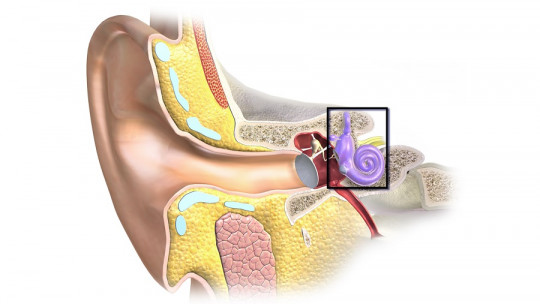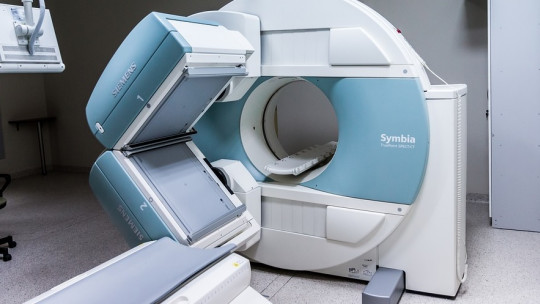
Throughout the history of science, the human body and what is inside it have aroused the interest of all health researchers. Fortunately, thanks to advances in science, it is no longer necessary to perform invasive tests that risk the patient’s health.
In 1971, Dr. Raymond Damadian and his team created the first MRI, a completely painless test that allows observation of the inside of our body through highly detailed images.
What is a nuclear magnetic resonance?
Magnetic resonance imaging (MRI) is a diagnostic test that produces images of the inside of our body Through this test, clinical staff can detect any anomaly that is not noticeable to the naked eye or with other tests such as x-rays.
The main characteristic that distinguishes this test compared to x-rays or computed axial tomography (CAT) is that MRI does not use ionizing radiation or X-rays. On the contrary, this technique uses a series of radio waves passing through the patient’s body, which is exposed to a powerful magnetic field
Another advantage of nuclear magnetic resonance is that by using it, high-detail images can be obtained from any point and any perspective of the body; even being obtained in two or three dimensions.
To obtain these images the person is put into a large machine face to a giant-sized UVA ray device. The person must remain lying inside it for a variable time ranging from 30 to 60 minutes. However, some centers have open machines adapted for people afraid of being locked in.
This image obtained by magnetic resonance imaging is called a “slice.” A large number of images can be obtained in a single test which can be stored digitally or printed on paper.
Finally, there are different types of MRI tests, depending on the area you want to examine.
When should an MRI be performed?
Performing an MRI, accompanied by other examinations, tests and evaluations, are of great help for health professionals when making any type of diagnosis
When medical personnel suspect or notice any signs of disease, they usually request an MRI, usually in a specific area or location of the body.
Usually, the most common reasons that lead to requesting this test are the following.
1. MRI of the head
To detect tumor formations, aneurysms, strokes, heart attacks or brain injuries Likewise, they are also used to evaluate ocular or auditory system disorders.
2. MRI of the abdomen or pelvis
It is used to evaluate organs such as the kidneys, liver, uterus, or ovaries and the prostate.
3. Bone MRI
Using this technique, problems such as fractures, arthritis, hernias, etc. can be identified.
4. MRI of the chest
Especially useful for examine cardiac anatomy and assess possible damage or alterations in the arteries In addition, it also reveals tumors in breast and lung cancer.
5. MRI Venography
This type of resonance facilitates the observation of thrombi, infarctions, aneurysms or malformations in blood vessels.
How should the patient be prepared?
There are a series of issues that the patient must take into account before undergoing this test. Likewise, it is the obligation of health personnel to inform the person about what this procedure is like and what obligations or points to take into account the person must have before performing an MRI.
1. Necessary documentation
Health personnel must give the patient informed consent in which it is explained in detail what the test consists of and what possible risks it entails. The person must sign this consent and bring it with them on the day of the test.
2. Food
Depending on the organ being examined, it will be necessary for the person not to eat any type of food, do not consume any liquids for a few hours before the test
3. Company
MRI It is a completely painless and non-invasive test Therefore, it will not be necessary for the person to be accompanied. However, in cases where the person experiences fear or anxiety, the company of someone they know can be of great help.
4. Clothing
During the test the person You should wear only the hospital gown, being necessary to undress before performing the test. Likewise, it is mandatory to remove any type of metal object such as earrings, bracelets, hair accessories, etc.
Test duration and admission
The MRI test usually lasts approximately 30 to 60 minutes Since no type of anesthesia or intervention is necessary to perform it, it is always performed on an outpatient basis, so admission of the person is not necessary.
Despite being a practically harmless technique, there are a series of contradictions:
In all these cases, patients must inform the hospital staff in order to adapt the test to their personal needs, without the need to run any type of risk.
How is MRI performed?
As mentioned above, the MRI machine has an elongated cubic shape inside which a stretcher is placed. This stretcher slides into the device and the patient must lie face up on it and absolutely motionless during the entire test.
Depending on the type of test, intravenous inoculation of a contrast substance will be necessary to highlight the organs examined. This substance is known as gadolinium and its main advantage is that since it does not contain iodine, it is not likely to cause any side effects.
In cases where it is necessary (anxiety or fear), some type of relaxing medication can be administered to the patient to prevent them from moving during the test. In addition. Your arms, head, or chest may also be restrained using straps.
Once the test has started The person may perceive an intense ventilation sound and the rattling of the test It is possible to offer the person headphones to reduce the discomfort.
Throughout the entire procedure, the imaging test technicians will monitor the patient to give instructions, as well as to assist them in cases where an incident occurs.

